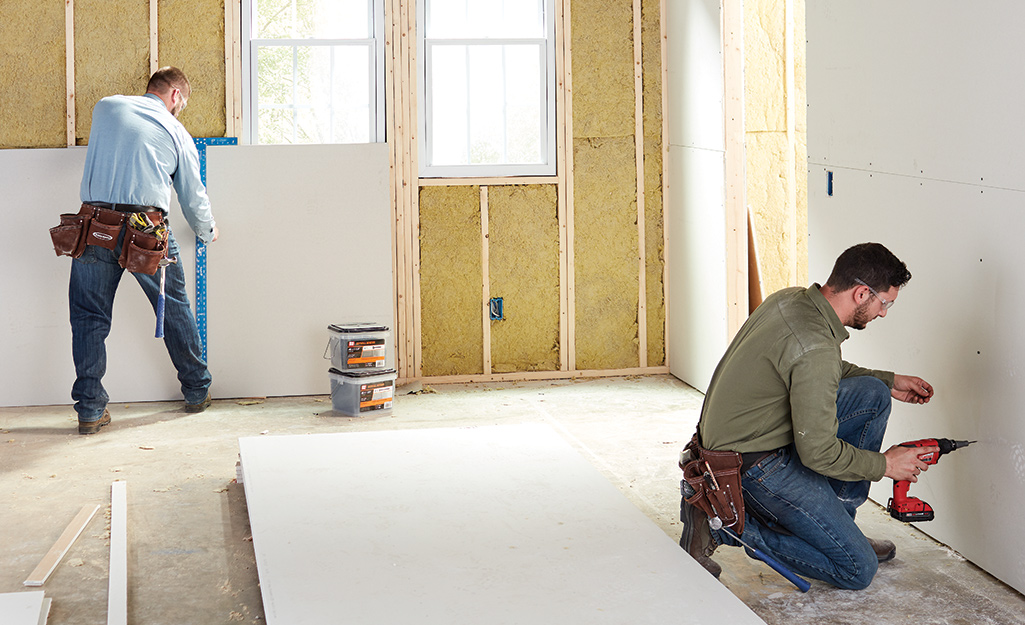Master the Art of Drywall Installation – Tips from the Pros
Mastering the art of drywall installation requires a blend of skill, patience, and attention to detail. Whether you are a seasoned professional or a DIY enthusiast, incorporating tips from the pros can elevate your drywall game to the next level. Firstly, preparation is key. Before hanging any drywall sheets, ensure that the framing is structurally sound and properly aligned. Take the time to measure and cut the drywall accurately, minimizing the need for excessive trimming later on. Additionally, investing in high-quality tools such as a sharp utility knife, a drywall T-square, and a reliable cordless drill can significantly streamline the installation process. One of the most valuable tips from seasoned professionals is to use the right type of drywall for the job. Consider factors such as moisture resistance for areas like bathrooms or kitchens, and soundproofing qualities for shared walls. Additionally, choosing the appropriate thickness of drywall can impact both the durability and the overall finish of the project. Thicker drywall is often preferred for ceilings to minimize sagging, while thinner sheets may be suitable for walls in non-load-bearing areas.

Properly securing the drywall to the framing is crucial for a long-lasting and professional-looking finish. Experts recommend using drywall screws rather than nails, as they provide superior holding power and are less likely to pop out over time. When fastening the drywall, be mindful of the placement of screws to avoid creating visible dimples or bulges in the finished surface. Additionally, be sure to sink the screws slightly below the surface of the drywall without breaking the paper, allowing for seamless joint compound application. Achieving smooth and seamless joints is perhaps the most challenging aspect of drywall installation, but with the right techniques, it can be mastered. Pros often advocate for the use of paper or fiberglass mesh tape over traditional mesh tape, as it tends to be more forgiving and less prone to bubbling or wrinkling. When applying joint compound, start with a thin coat to embed the tape, followed by successive layers to build up the joint and feather out the edges. Sanding between coats with fine-grit sandpaper will help achieve a flawless finish.
In addition to technical skill, mastering the art of Drywall Installation In Worcester, MA also requires attention to aesthetics. Properly priming the drywall before painting not only seals the surface but also ensures uniform color and adhesion of the paint. Consider using a tinted primer to enhance the coverage and depth of the final paint color. Furthermore, paying attention to lighting and shadow can help identify imperfections that may need to be addressed before the final finish is applied. Finally, do not underestimate the importance of cleanliness throughout the installation process. Dust and debris can compromise the quality of the finish and make subsequent steps more challenging. Keep the work area clean and tidy, and use drop cloths to protect floors and furnishings from damage. In conclusion, mastering the art of drywall installation requires a combination of technical skill, attention to detail, and a commitment to quality. By incorporating tips from the pros and investing in the right tools and materials, you can achieve professional results that will stand the test of time.
